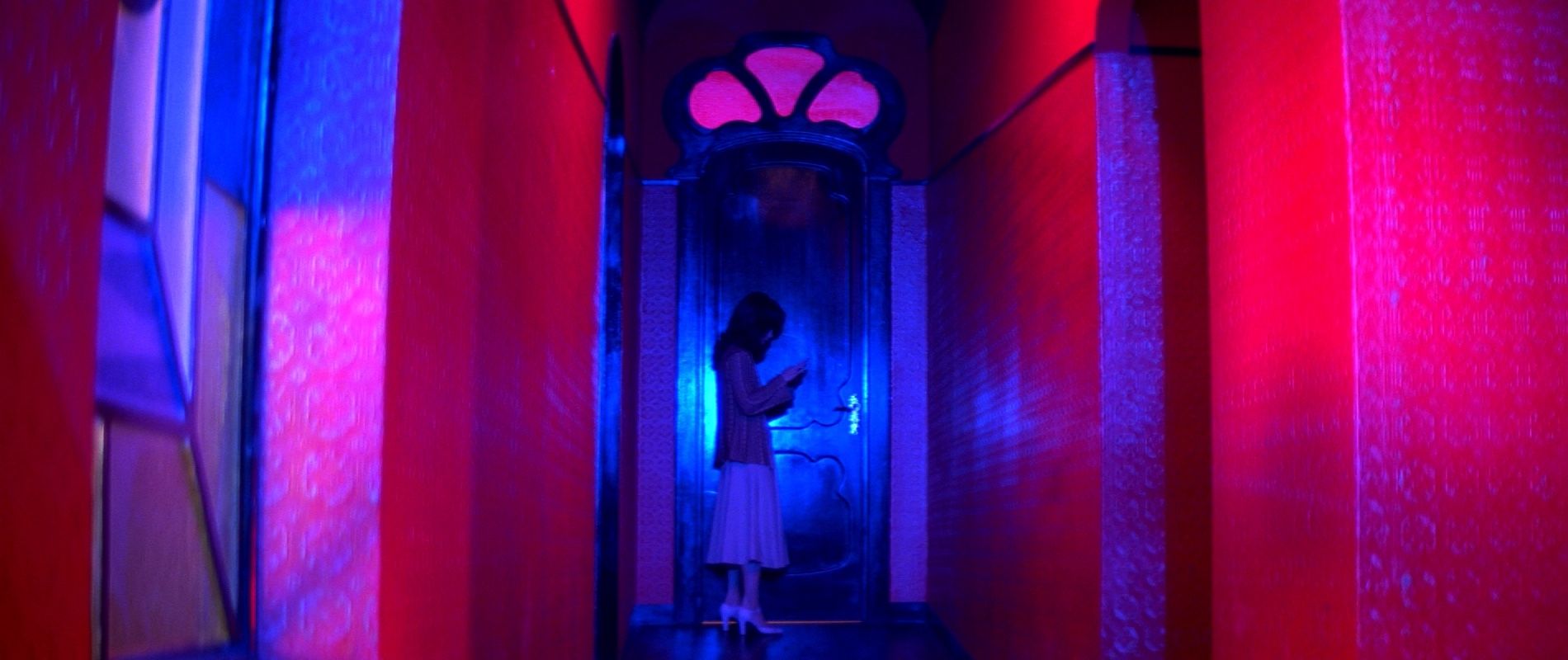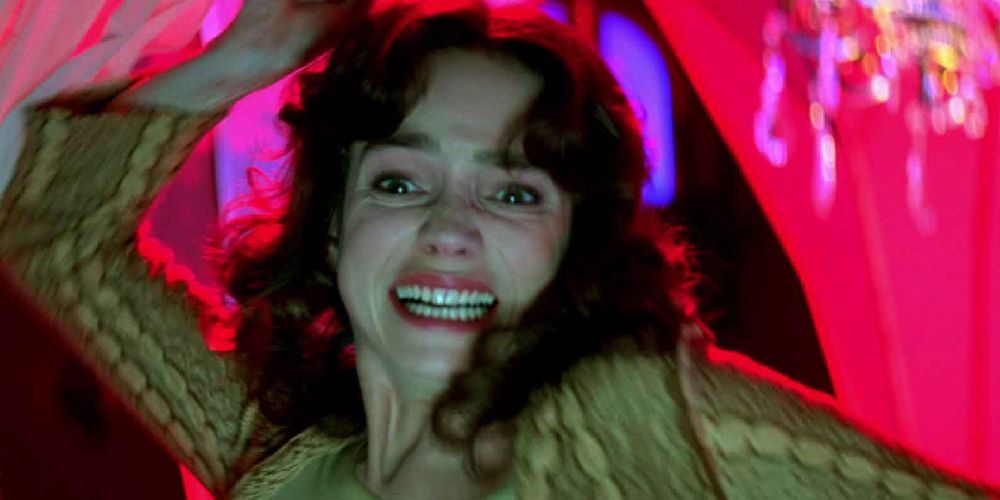Dario Argento is considered one of the most well-respected Italian directors. He is known for his cult classics Inferno, Deep Red, and 1977’s Suspiria. Suspiria is about a young girl Suzy (Jessica Harper), who travels to Germany to study at a prestigious ballet school. Upon arrival, ominous sightings and mysterious deaths occur around her. Before long, Suzy uncovers the shocking secret history behind the school.
What makes Suspiria even more frightening than its visuals is its unique and eerie soundtrack, entirely composed by the Italian band Goblin. Goblin’s score is one of the most compelling horror soundtracks to date. Suspiria is a loved cult classic among horror fans, and a remake directed by Luca Guadagnino was released in 2018. Composed by Tom Yorke, the soundtrack has a captivating soundtrack as well, but nothing can live up to the terror that is the original Suspiria, and this is why.
RELATED: Slasher Films Can’t Be Saved By Reboots (Even Decent Ones)
The second Suspiria begins, Goblin’s foreboding score starts on a strong note, being so intense and enormous that it is almost overwhelming. The soundtrack begins with the ancient musical instrument the Music Box, which produces sounds of chimes during the title track, a luring and creepy yet beautiful piece that underlies the pending rains. The sounds of the chimes and the downpour of rain become so entangled it is challenging to determine the natural whisper of rain and the technical discharge of the instrument. There is a heavy thunderstorm that night, and Suzy is getting a taxi to go somewhere, yet the spectator is unaware of where she is going. She then arrives at the Elite Tanz Dance Academy.

As each day passes, students around her begin to disappear. Soon, she learns these students have been a victim to horrible deaths. After this, she slowly becomes wary of the ballet studio. She eventually finds out that an evil coven of witches runs the dance academy. Argento not only uses grotesque images alongside Goblin's mesmerizing and terrifying music, but he also uses vivid bursts of bright colors and shadows, which are both striking and hypnotic.
Suspiria delves into the supernatural world, and the music of Goblin uses instruments to highlight this: electric guitars, violins, and the tabla, an instrument from India covered with goatskin heads. A church organ would enlist a gothic sense to the scenes. They also employed the Mellotron and synthesizer. However, it was the employment of the Moog synthesizer that would allow the uniqueness of their sound to spring forth. The deep pulsating drones and screeching soundscapes that marry the aural and visual stimuli are all produced by the Moog.
It is Goblin’s approach to these instruments which makes their music so captivating and appropriate for this film: Their foreboding ambiance infusing the scenes, their particular style of Jazz, Funk, and indeed the way the vocals are heard in a creepy wordless manner of chants and screams are the hallmarks of their creation.
Throughout the film, a bizarre lullaby is heard ever so softly accompanying the scenes. The juxtaposition of the serenity and safety of the tune with the impending horror lurking is jolting. As it is employed, the music helps unravel the film’s plot and incites the spectator what to fear. The music is repetitive, and it foreshadows that something sinister is just around the corner when it begins. As the haunting music commences, the vocals, sounding rather devilish and menacing, gradually get louder. As the sounds get louder, the music is warning the spectator of impending doom. Sometimes, it is difficult to distinguish between music and the ominous sounds of the seemingly haunted ballet studio: The creaky floors, wind sneaking through old broken windows, and the mysterious goings-on of former ghostly inhabitants. This integration of natural and reproduced sounds is a testament to Goblin’s immense talent.
The film is extremely violent, and the music makes the violence even more repulsive. The scenes are beautifully shot, and with the use of Goblin’s daunting score, extremely grim. In a particular scene, Sara (Stefania Casini), Suzy’s friend and confidant, is also wary of the ballet studio. After looking into the history of the studio like Suzy, Sara is trapped in a room while someone tries to open the door. To escape, Sara dives into an open window, but it ends up being a room full of razor wire, and she becomes trapped. The music accompanies this scene to make it more terrifying. The pounding of the percussion and the distortion of vocals as human screams create audio chaos to add to the visual barbarism. Sara dies a slow, excruciating death, and the music gets louder and more sinister as she gets closer to death.
Argento was so intent on making Suspiria as terrifying as possible, and he knew it would be the music that would most perpetuate that terror. He would play Goblin’s music to instill fear in the actors between takes and before filming even began. He knew the music was what would instill the fear even when the fear wasn’t apparent visually: “I need the audience to feel the witches are still there even if they are not actually on screen.” This kept the spectator thoroughly riveted to the knowledge that the witches constantly exerted power over the narrative.

Horror films that gain a cult status can hold onto that position for decades to come. Many times this status does not occur until years after the original release date. These films usually reach that rung because of the bloody descriptive scenes and popular dialogue, but with Suspiria, it would become the music that would gain an unprecedented height in popularity to this day.
Goblin’s music was so effective in Suspiria that it also had a lasting effect on horror movie soundtracks. In 2012, John Carpenter, a well-respected filmmaker, screenwriter, and composer, met the lead singer of Goblin Claudio Simonetti and admitted “stealing” his music. Kyle Dixon and Michael Stein, the composers for the hit Netflix show Stranger Things, have carried on with that influence and somewhat pay homage to Goblin as well.
From the start of motion picture production, before “talkies,” music was ever prevalent in creating films. Technology had not yet brought forth the narration that would emanate from actual mouths, but the music and sounds would carry the emotional strength to a complete fathom. Horror films, in particular, thrived on the sounds of terror that could be produced by music and experienced viscerally as opposed to the silent expressions of people in fear. The odd thing is that early films in the silent era were not silent; the music filled every corner of the tapestry. One can ponder if silent films that were genuinely silent, without music, would have been enough to propel an industry into the enormous success and influence it has mastered more than a century later.
MORE: Netflix Releases First Full Trailer For New Horror Series Midnight Mass

